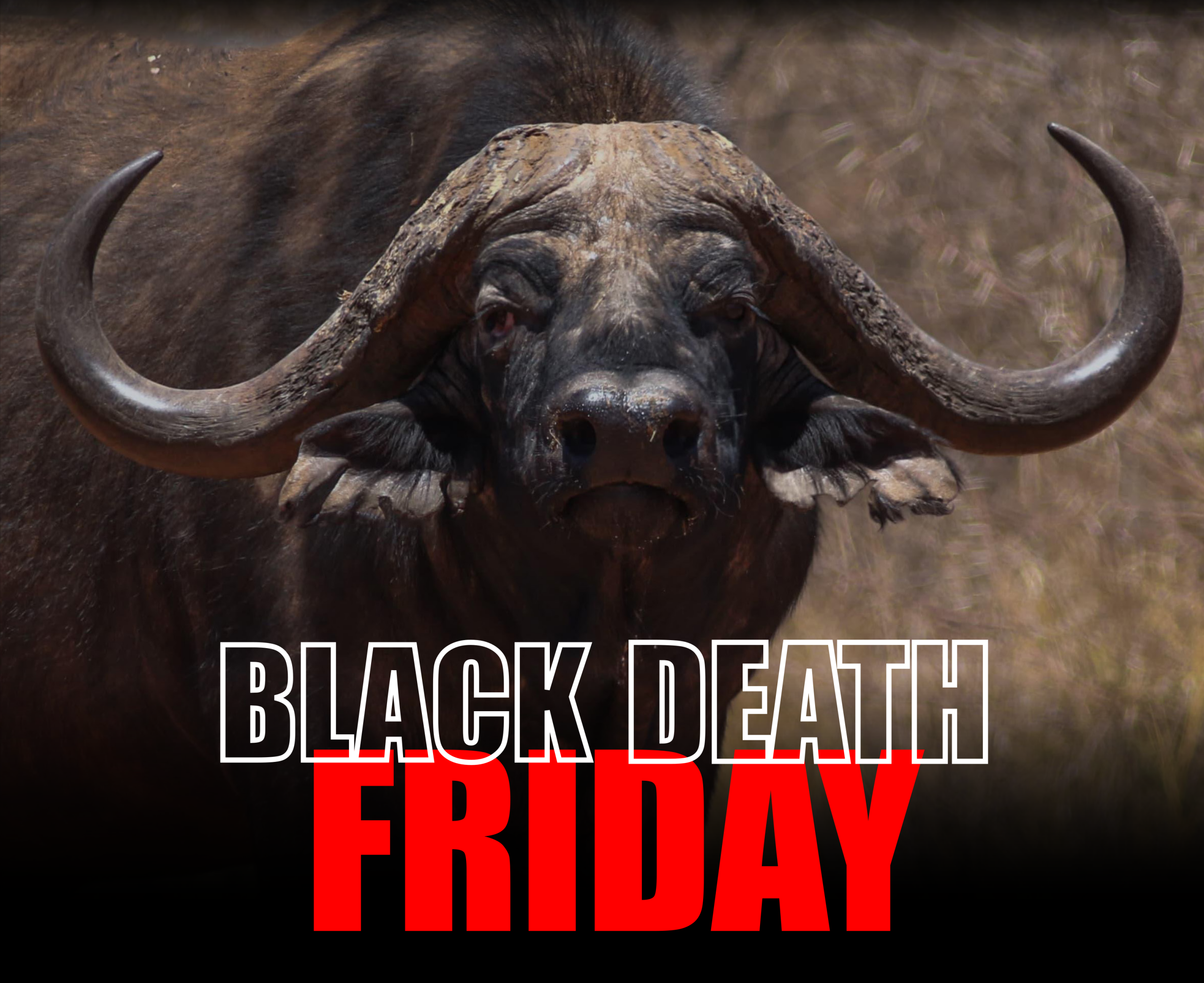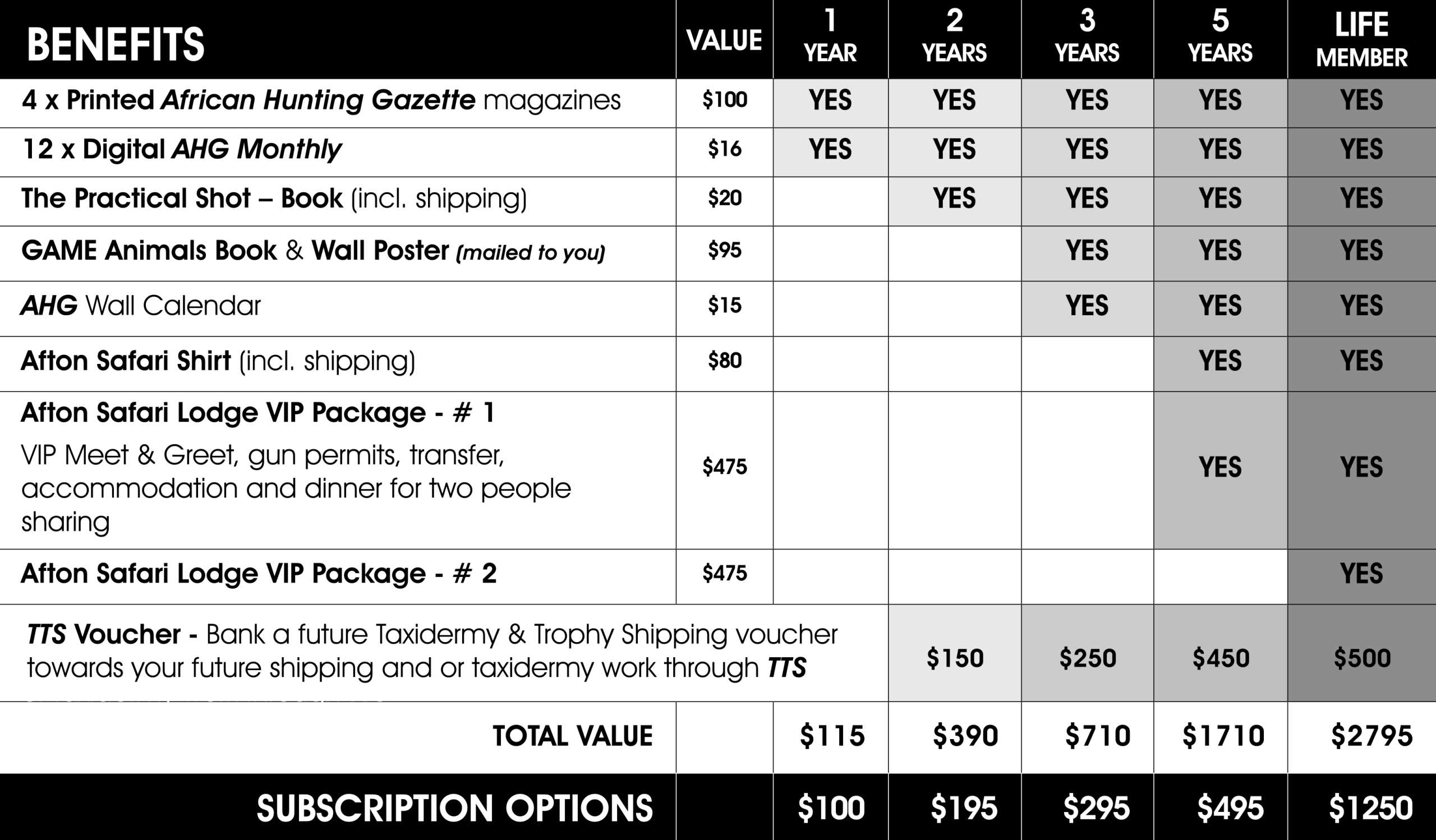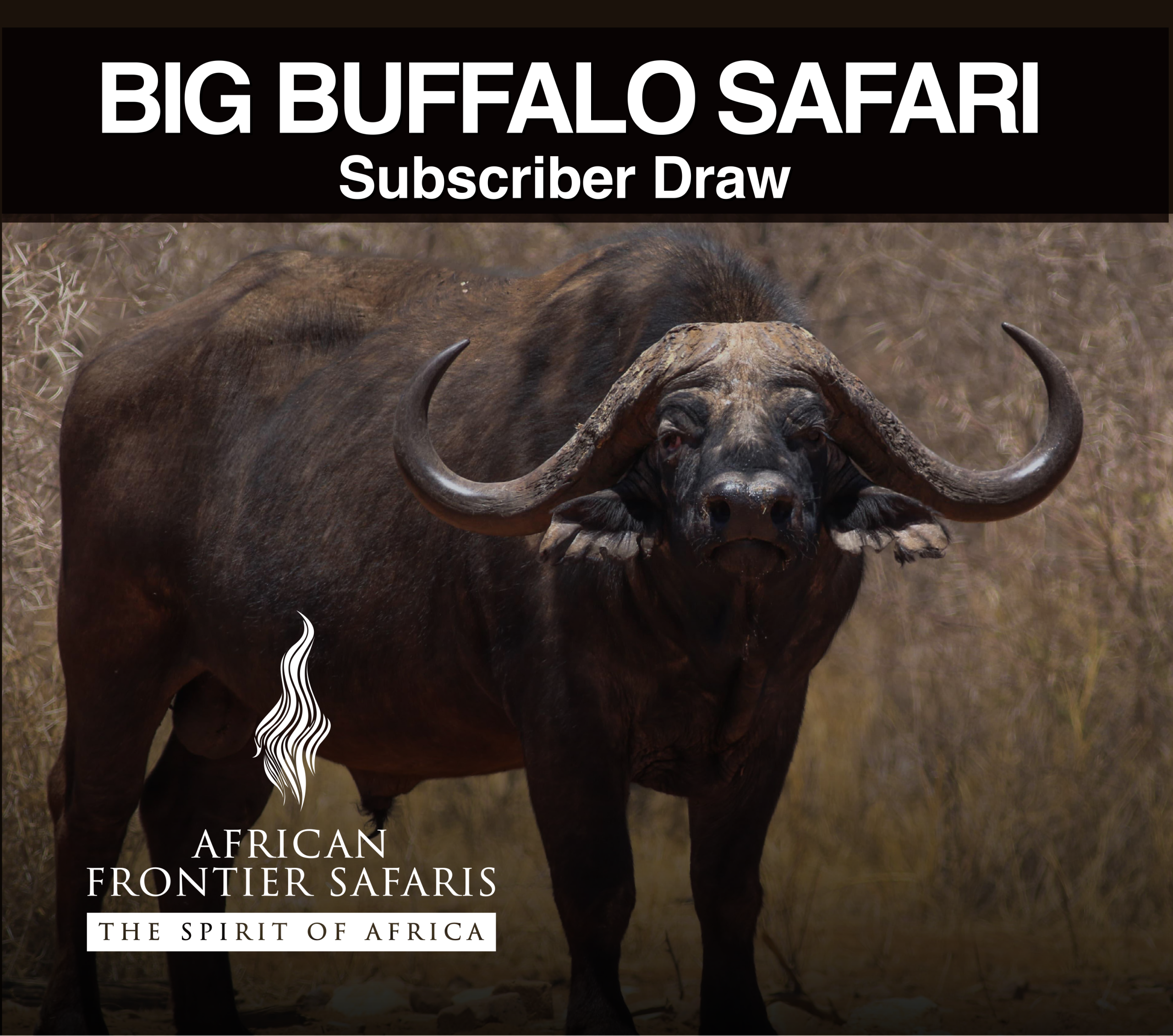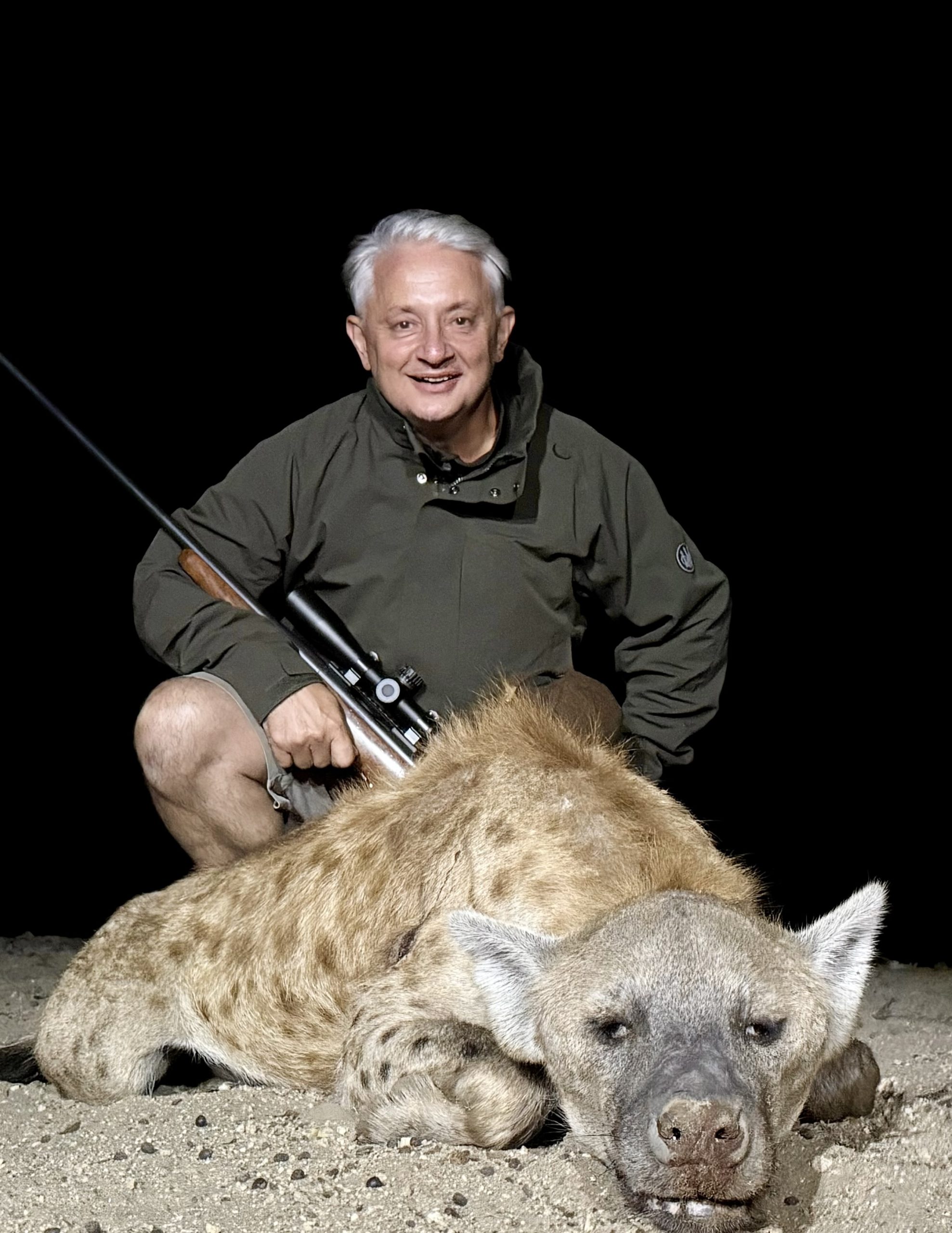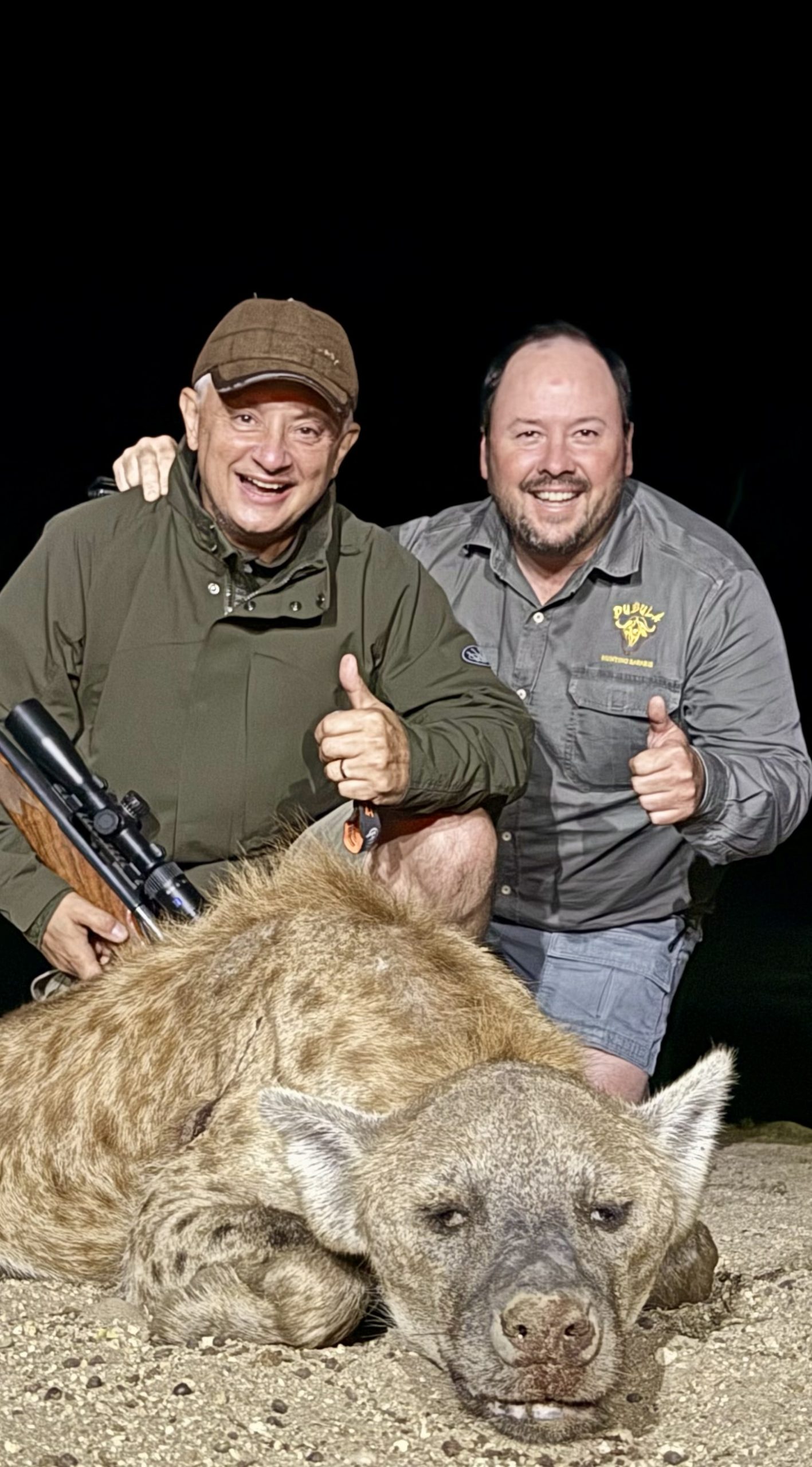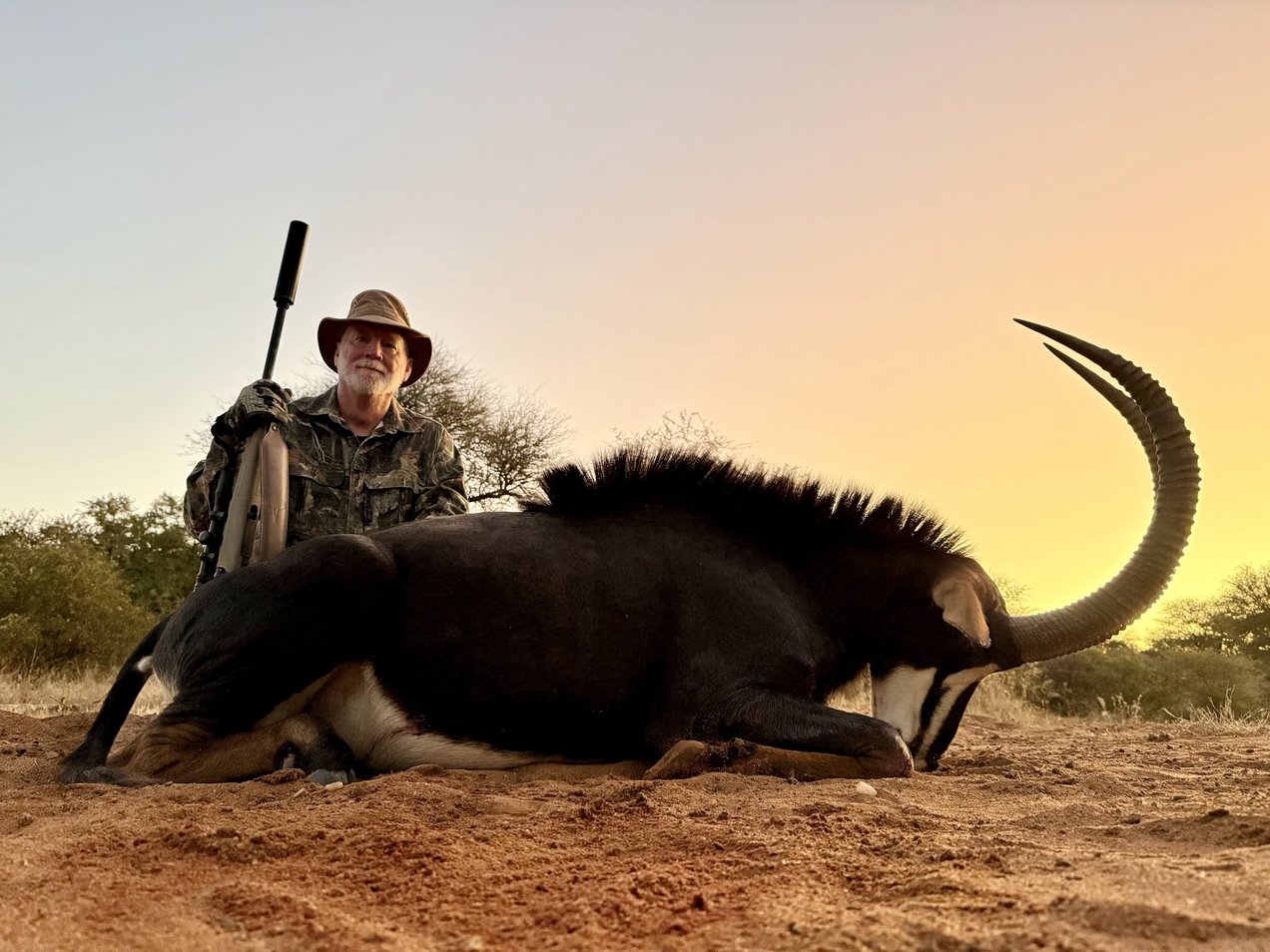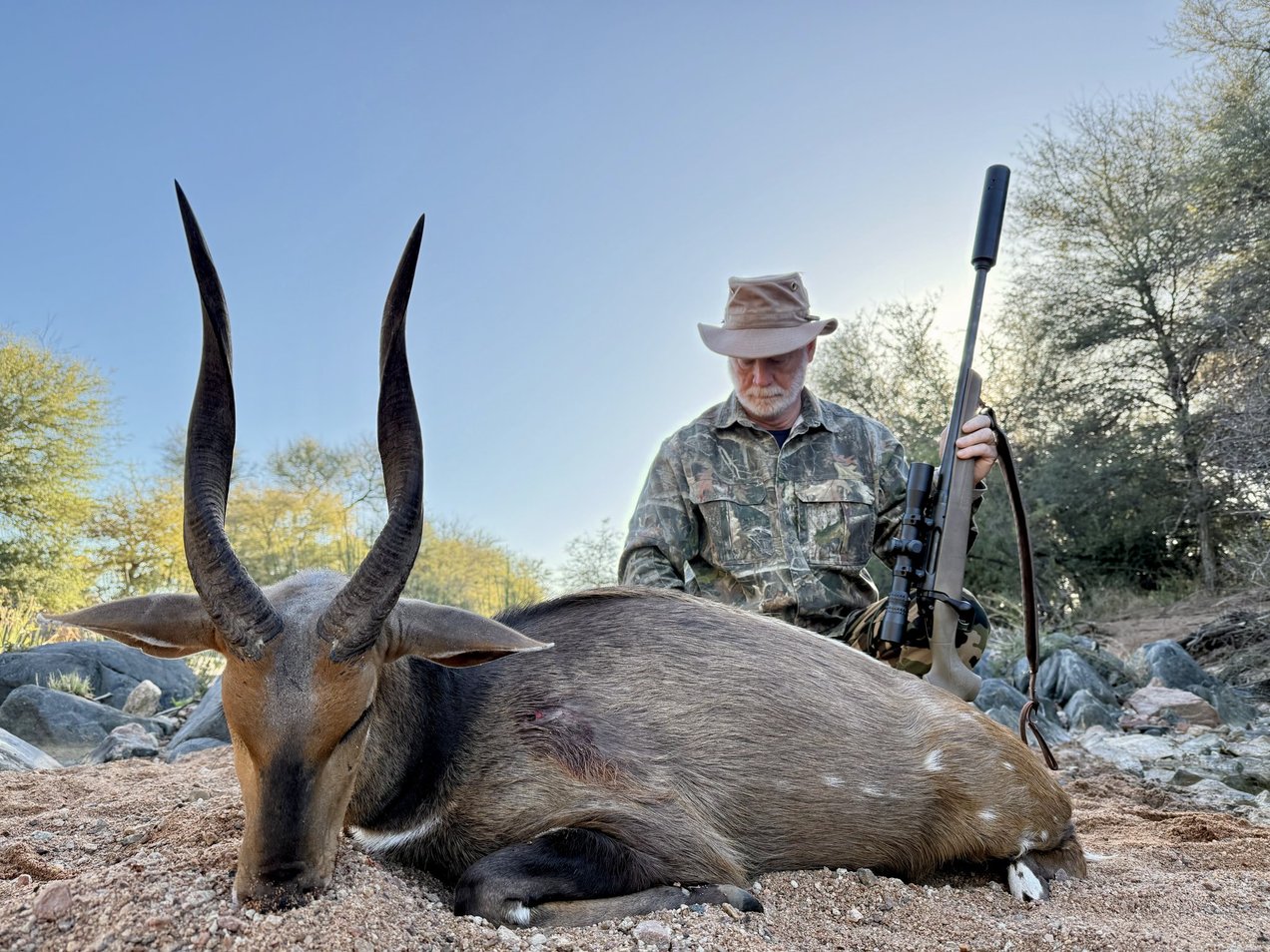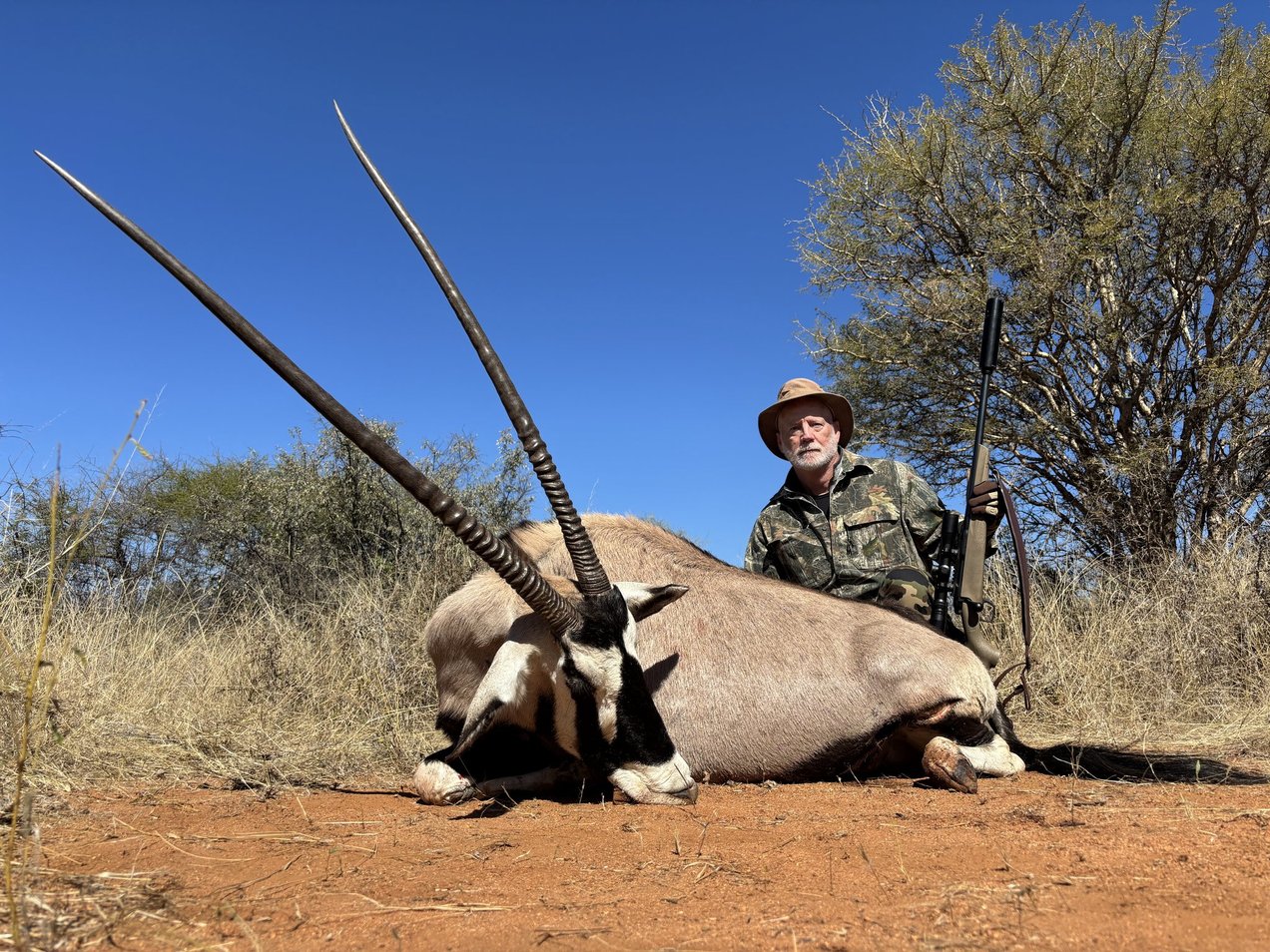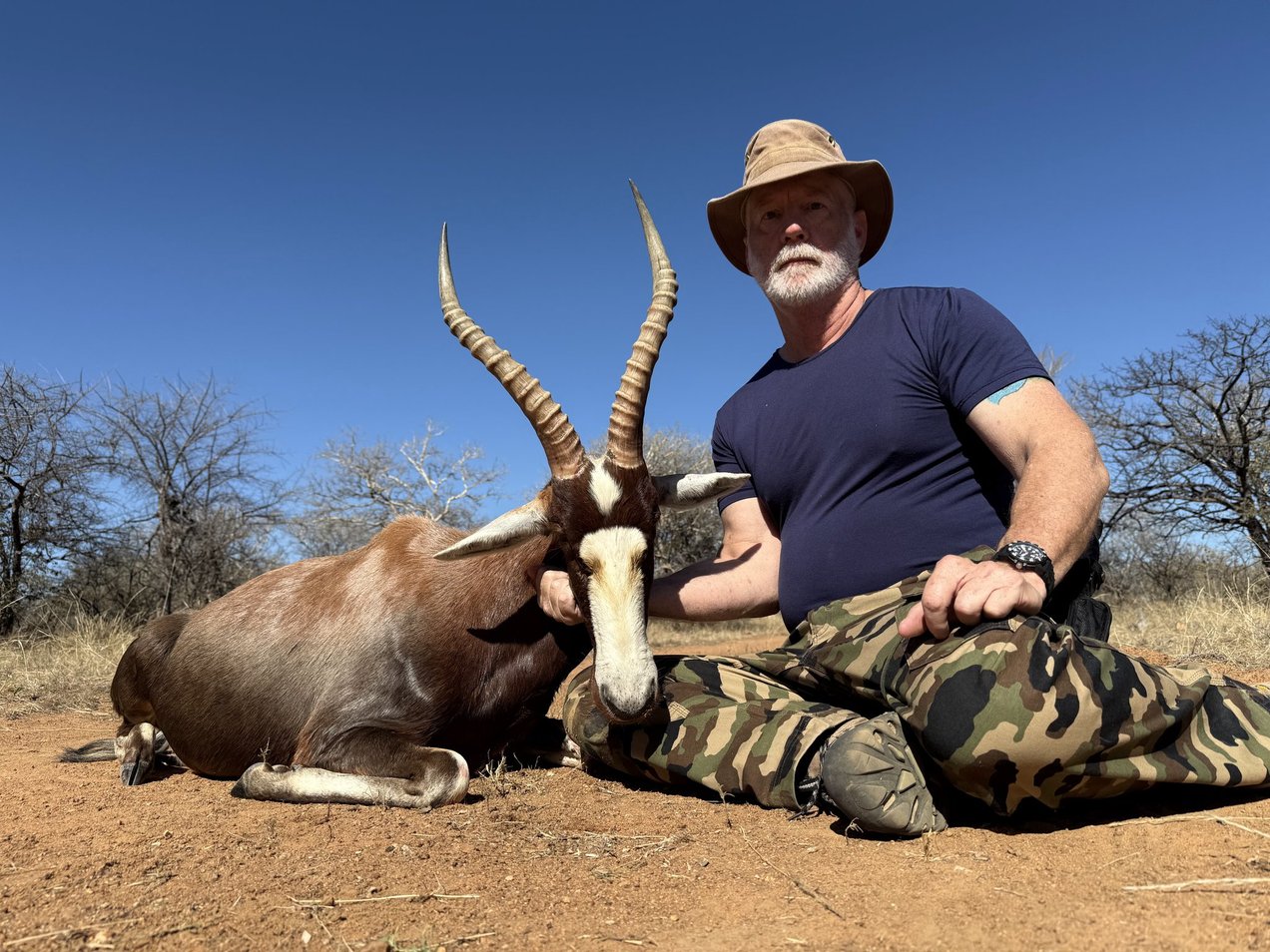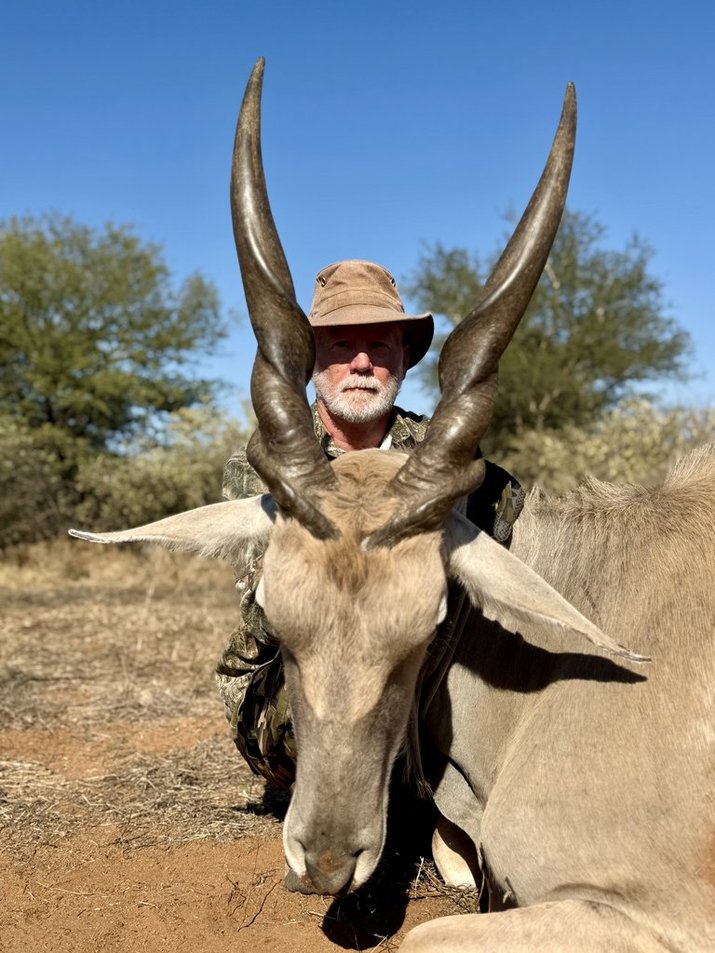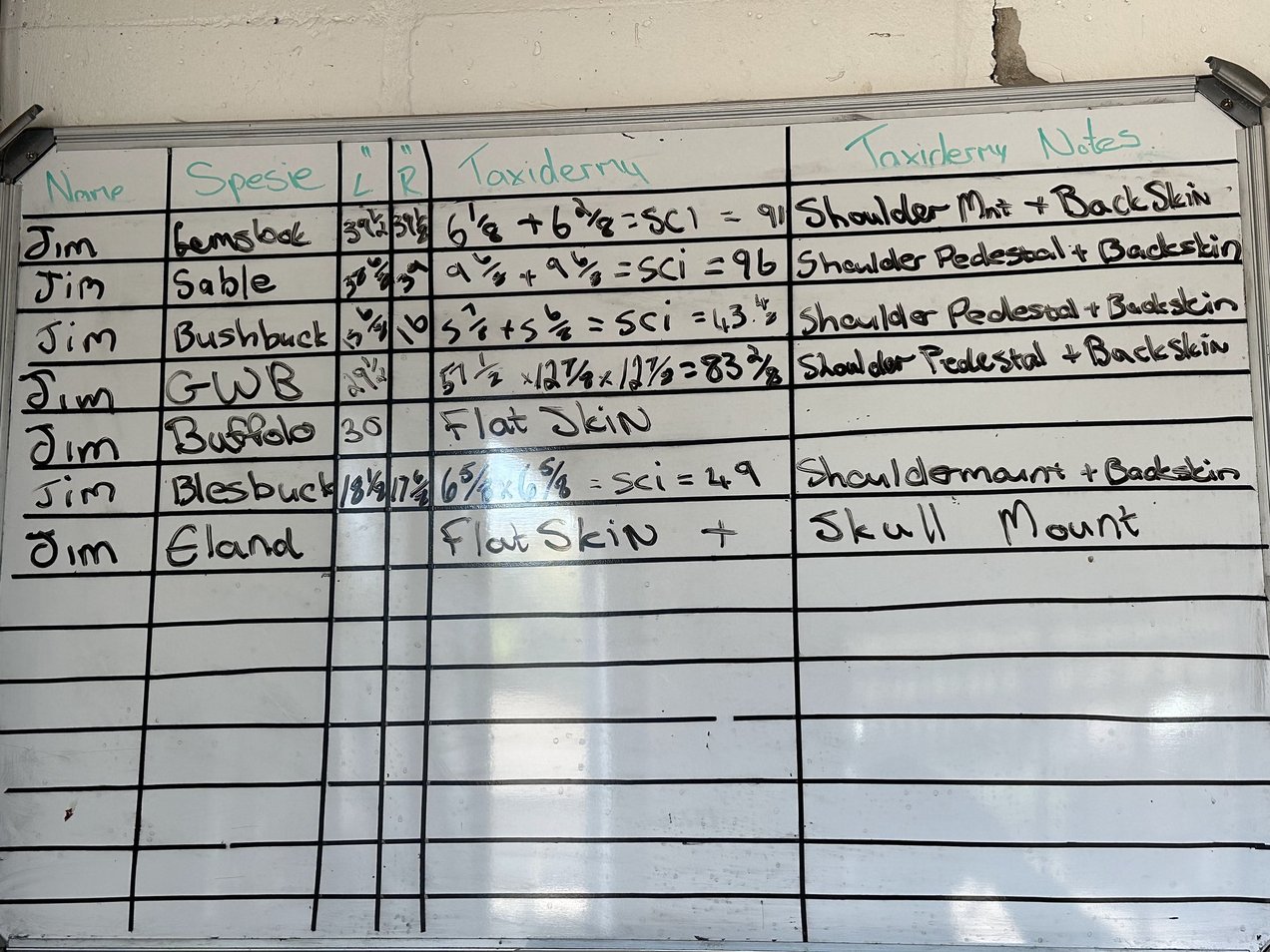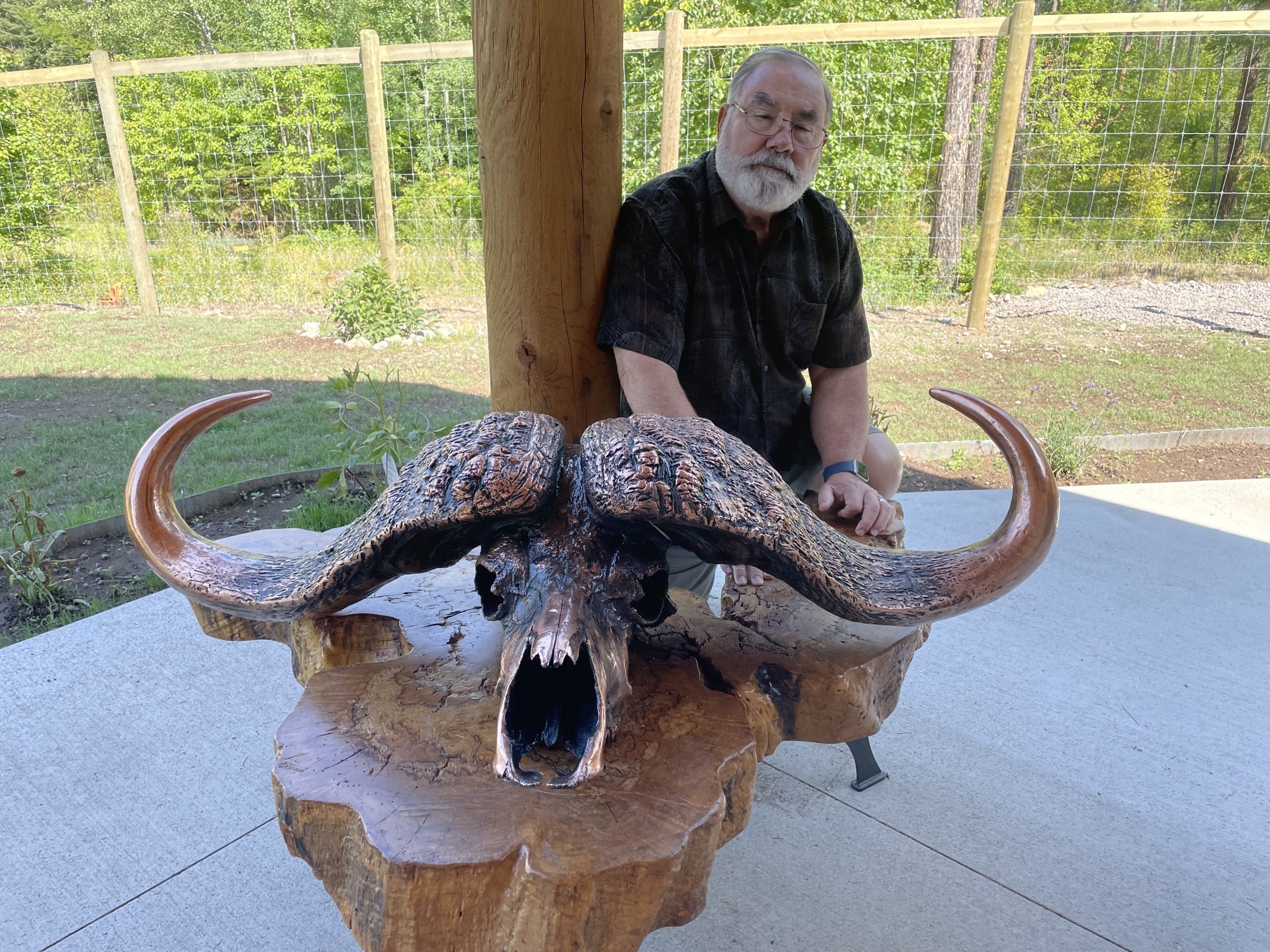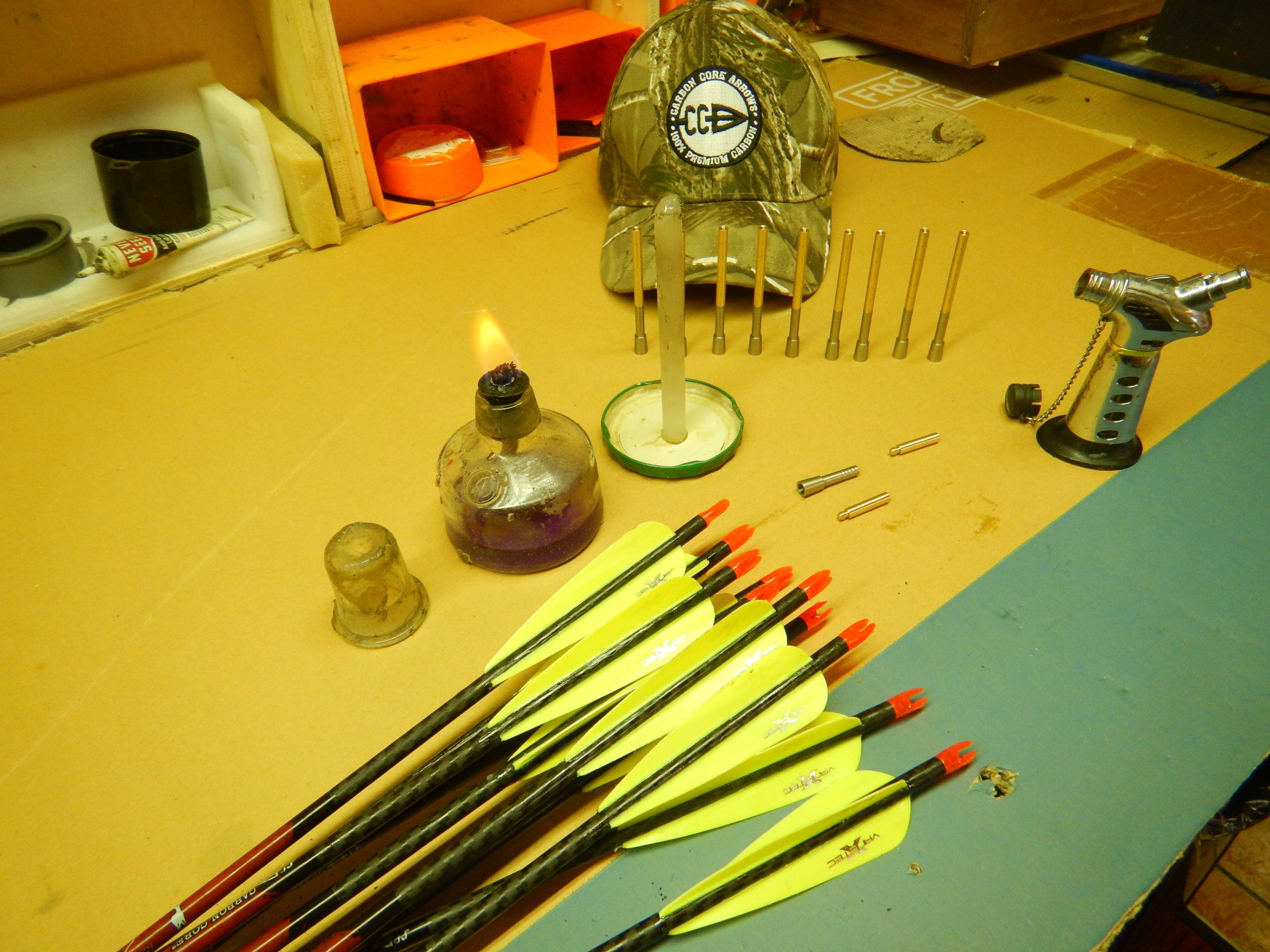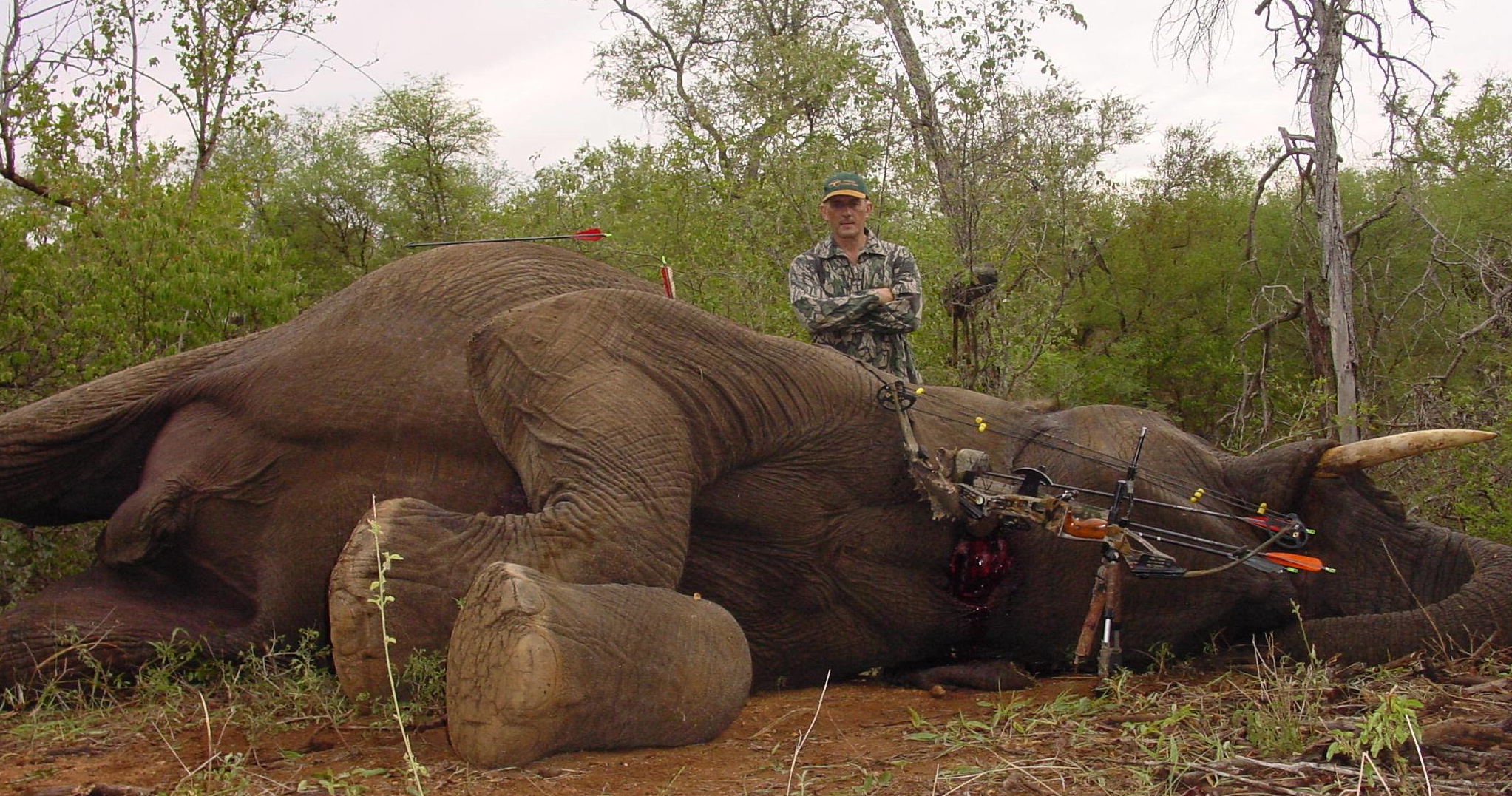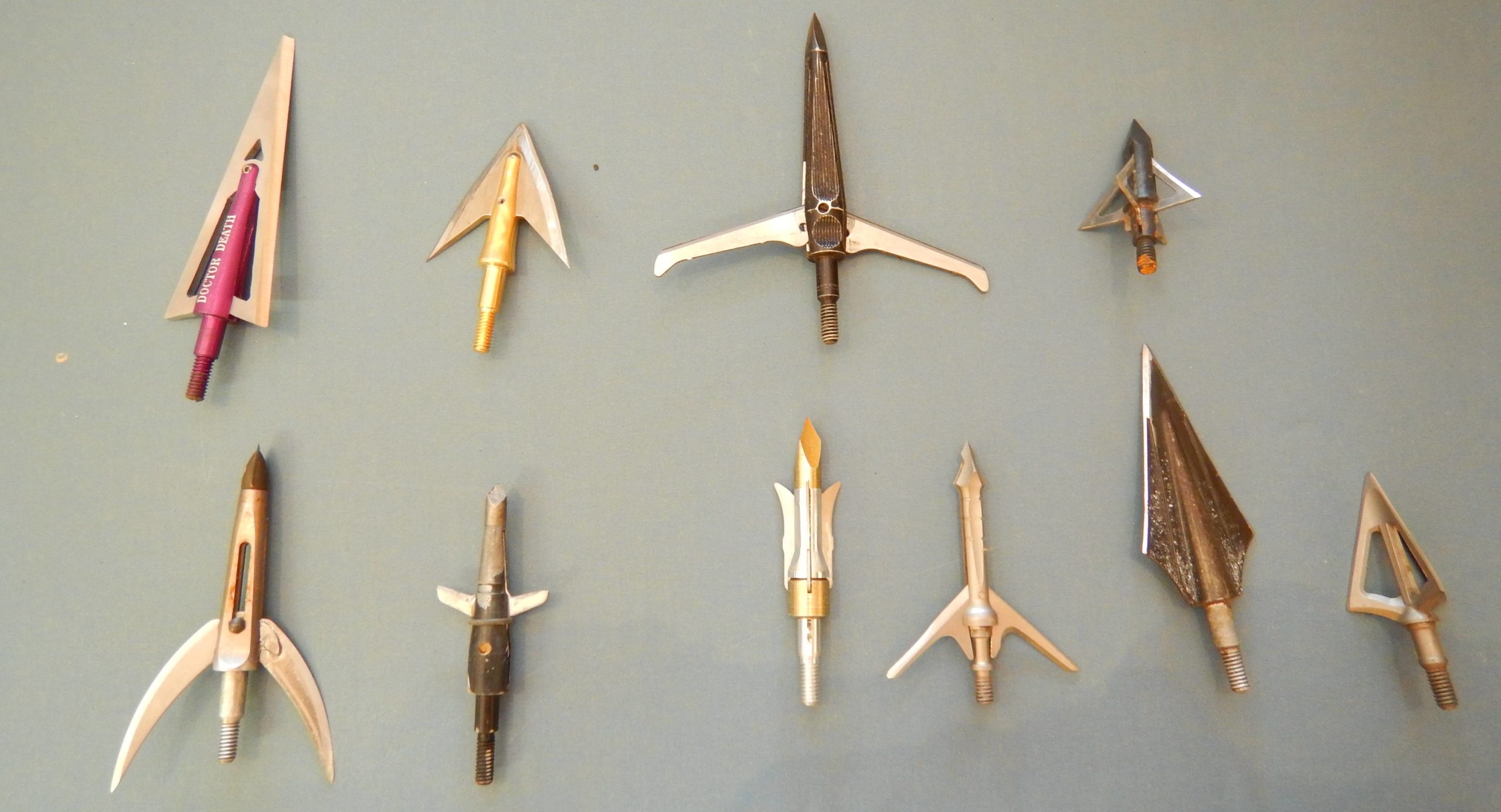By Terry Wieland
In 1924, Collier’s published one of the most famous short stories of all time. “The Most Dangerous Game,” by Richard Connell, told of a man marooned on an island who finds himself pitted against a big-game hunter who pursues humans for sport. Having become bored with hunting animals, he had turned to the “most dangerous” game for entertainment.
Connell’s plot has since been used for several movies, the theme has been adapted for television, and it has even inspired a few real-life crimes.
The idea that man is the most dangerous game is repeated frequently enough that it’s accepted as a truism. But is it really true? In some cases, certainly. In others, frankly, a resounding no. Really now, which is more dangerous: an experienced man-eating tiger in its prime, loose in its own jungle, or a flabby, middle-aged, city-boy office clerk?
As with most things, it all depends on who is being hunted, and who is doing the hunting. Ernest Hemingway quoted something similar but made the distinction about hunting armed men, and that certainly makes a difference. Richard Connell’s villain gave his intended victim a knife and a head start, but carried a pistol and was himself accompanied by a hulking assistant and savage dogs, which rather tilts the odds.
One time, an ex-soldier who served in Vietnam told me he had little interest in hunting Cape buffalo because, having been in the jungle with an armed enemy, he expected he’d find it too easy. He also believed this made him an authority on what rifle one should use for buffalo, elephant, and the like.
One factor he ignored was that a man in the jungle hunting a tiger, or in thick brush after Cape buffalo, has quite different aims than a soldier. The essential difference is that a hunter needs to kill his prey, and if he only wounds it, must follow it up and complete the job. This is where dangerous game becomes extremely dangerous. The reverse is true with a soldier, for whom a disabling wound is more than adequate (and sometimes actually preferable). Soldiers can ambush an enemy, inflict a few wounds, and make themselves scarce, rejoicing in a job well done. The enemy is scattered, demoralized, weakened, and now burdened with wounded to care for.
Whether the game is Cape buffalo, elephant, hippos (which can be very dangerous), leopards, lions, or one of the big bears, the hunter needs to carry a rifle that will not only kill reliably, but also stop an enraged charge by an adrenalin-laced beast that often out-weighs him as much as a hundred to one.
There is no legal situation I know of, either military or civilian, in which a group of pursuers is sent out to hunt down and kill an armed man. Even in the case of a serial killer or a madman, the goal is to capture alive if possible. One should also add that it’s rare indeed to dispatch just one man to hunt down another. From the old-west posse to the modern manhunt, the hunted is almost always outnumbered and outgunned by the hunters.
In the end, the hero of Connell’s story outwits, and eventually kills, the villain — disposing of his evil henchman, Ivan, and the savage dogs one by one. According to one literary source, this is the most popular short story of all time, if not the greatest. That title is usually awarded to Ernest Hemingway’s “The Short Happy Life of Francis Macomber,” which, incidentally, is also about hunting and hunters.
In that story, Margot Macomber proves to be the deadliest, shooting her husband in the head at his moment of triumph. So there we have another candidate for the title “most dangerous.” It all depends on who, what, when, and why.
